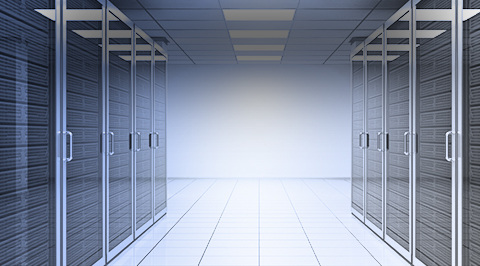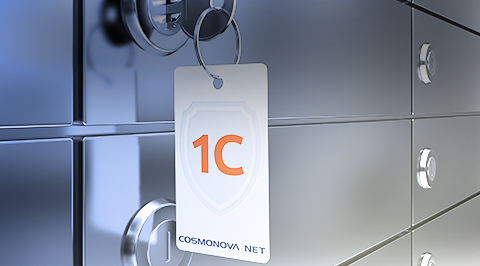How are data-centers designed? Let's lifts the veil using the example of our American colleagues. Energy efficiency is on the agenda.
In the United States, the share of electricity consumption by data-centers is 2%. About 60 large data-centers in the country are recognized as energy efficient, and they are owned by international corporations.
Usually, small and medium data-centers do not put energy efficiency as a priority, they concentrate their limited resources on ensuring reliability and security of the data-center itself. Many of these data-centers consume the main part of the above-mentioned power quantity in the United States.
Small data-centers can optimize their energy expenses by applying a set of rules.
- Hot/cold aisles. Server racks are to be arranged in such a way that their front portions (where cool air is drawn) faced each other. This arrangement allows to create separate variable flows of hot/cold air optimizing use of hot-air and air-conditioning resources.
- Impermeability. Flows of hot and cold air should not be mixed, so they need to be separated from each other. With special flexible curtains installed, air flows can be adjusted.
- Flexibility of work of the fan. Workload on the servers is constantly changing, and VSD (Variable Speed fan Drivers) allows to control the fan speed, optimizing costs and reducing the payback period to period from 0.54 to 1.7 years.
- Use of various devices for air flow control. Use of thin plastic plugs in unused rack helps separate cold and hot air flows. In addition, the structure structure of cable systems will reduce the overall length of extra cables, which may also limit the release of air from the racks.
- Temperature and humidity control. The American Society of Heating, Refrigerating and Air-Conditioning have determined that inlet air temperature for data-center should be between 18-26°C. Recommended humidity range is 6-15°C from the point of dew. Most datacenters still set temperature too low, making possible fluctuation too tight. Increase temperature and humidity by a few degrees below the maximum acceptable level will optimize expenses on cooling.
- Using the outside air. As data-centers are cooled to 24 hours a day, 365 days a year, cool evening air or cold winter air can be used to cool the servers.
- Cutting off servers that don't do anything. According to studies, 8-10% of all servers are not used. This situation is unacceptable for data-centers that want to optimize their energy costs.
-
Consolidation of servers.
Data-centers can reduce the total amount of equipment by placing a greater number of programs and applications onto fewer machines.
-
Server virtualization.
That is the ability to use multiple virtual servers running simultaneously on a single physical server. Server virtualization has created a revolution in the management of data-centers by improving scalability, reducing downtime and allowing faster deployment.
- Recommendations for data retention. Optimal placement, possibility of redistribution of unused space, duplicate removal and storage tiering.
All of these energy efficiency measures are not advanced technologies that only international corporations can afford.



